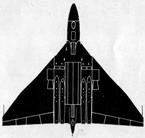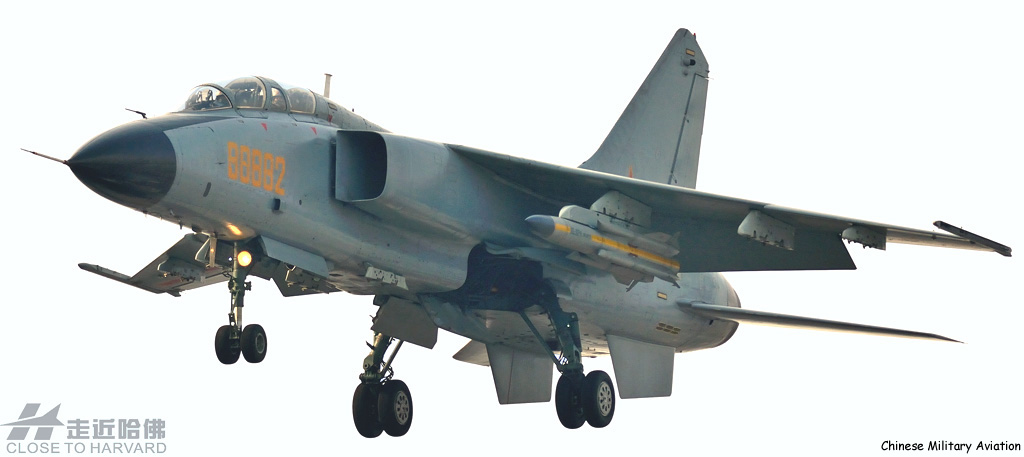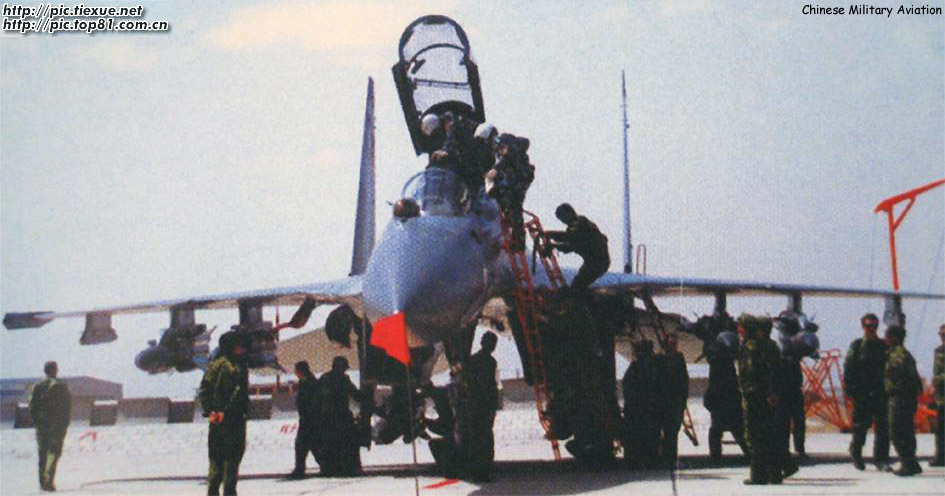Hongjian
Posts: 834
Joined: 1/2/2015
Status: offline

|
Some requests based on this article about the recent PLA 90th Anniversary Parade:
-PLA HARPY UAV name changed to ASN-301
-Add HQ-22 medium-long range SAM (170km range, 50m - 27km altitude - TEL has 4 missiles)
-Change HQ-9B to new stats (250km range, 50km ceiling) - consistent sources also point to this variant being active-radar guided like the FD-2000 export version.
https://www.ainonline.com/aviation-news/defense/2017-08-02/china-shows-new-fighters-missiles-and-drones
quote:
China showcased more than 600 pieces of military hardware in a massive military parade to celebrate the 90th anniversary of the People’s Liberation Army (PLA) on July 30. The event also marked the public debut of the People’s Liberation Army Air Force (PLAAF)’s Chengdu J-10C and Shenyang J-16 fighters, and some new PLA missile and drone capabilities. Many Chinese analysts suggest these weapons are fully operational, as the PLA usually does not field test platforms in military reviews.
The Shenyang J-16 is a twin-seat interceptor based on the Russian Sukhoi Su-30MKK, powered by two Chinese WS-10 turbofans. Chinese media states that the J-16 is the first true multirole variant of the J-11 family, capable of both air superiority, strike and electronic warfare missions. Experts say its indigenous Active Electronically Scanned Array (AESA) radar also acts as a small early warning node, so that the J-16 can perform such missions independently from dedicated platforms such as the KJ-2000
Also appearing were three Chengdu J-20 stealth fighters. Various screen grabs from the J-20 cockpit revealed a new pilot’s helmet with large visors, which could be the basis for a next-generation helmet-cueing system and display, compatible with the PLAAF’s next-generation air-to-air missiles such as the PL-10, and exploiting the J-20’s numerous sensors. Seen deployed on the bellies of each J-20 was a Luneberg lens radar cross section enhancer. This could suggest the maturity of the stealth capability of the J-20, comparable to the Western fighters such as the F-22, which uses similar devices when needing to be seen by air traffic control radars.
Making its debut was the ASN-301 anti-radiation loitering drone, which was only unveiled as a model at the Abu Dhabi IDEX show last February. Reverse-engineered from the Israeli Aerospace Industries Harpy system acquired by China in the 1990s, the ASN-301 has an endurance of four hours, a range of 280 km and a seeker range of 25 km. It targets radar frequencies from 2 to 16 GHz. The ASN-301 is stored in six launchers, mounted on a 6x6 Beiben truck.
The PLA has fielded new and improved surface-to-air missiles, the HQ (Hong Qi, Red Flag)-9B and HQ-22. Although both systems were seen at the Zhuhai Airshow last year, this appearance marked their introduction to service. Initially known by its export designation of FK-3, the HQ-22 has a range of up to 170 km and an effective altitude from 50 m to 27 km. Chinese state media said that the HQ-22 is relatively cheap to produce and will form one of the mainstays of China’s air defense system, replacing the Cold-War era HQ-2.
Based on the Russian S-300 SAM, the HQ-9B marks an upgrade over the HQ-9, achieving a range of up to 250 km and a maximum altitude of 50 km. The HQ-9 is capable of engaging cruise missiles and munitions, as well as fixed- and rotary-wing aircraft. Chinese reports have also highlighted that these missiles could operate alone or as a network of various SAM types.
More info on the HQ-22:
https://defence.pk/pdf/threads/chinas-hq-22-surface-to-air-missile-weapon-system.460307/
http://defence-blog.com/army/china-unveils-new-generation-of-surface-to-air-missile-weapon-system-at-the-airshow-china-2016-exhibition-in-zhuhai.html
< Message edited by Hongjian -- 8/3/2017 5:07:03 PM >
|
 Printable Version
Printable Version




















 New Messages
New Messages No New Messages
No New Messages Hot Topic w/ New Messages
Hot Topic w/ New Messages Hot Topic w/o New Messages
Hot Topic w/o New Messages Locked w/ New Messages
Locked w/ New Messages Locked w/o New Messages
Locked w/o New Messages Post New Thread
Post New Thread